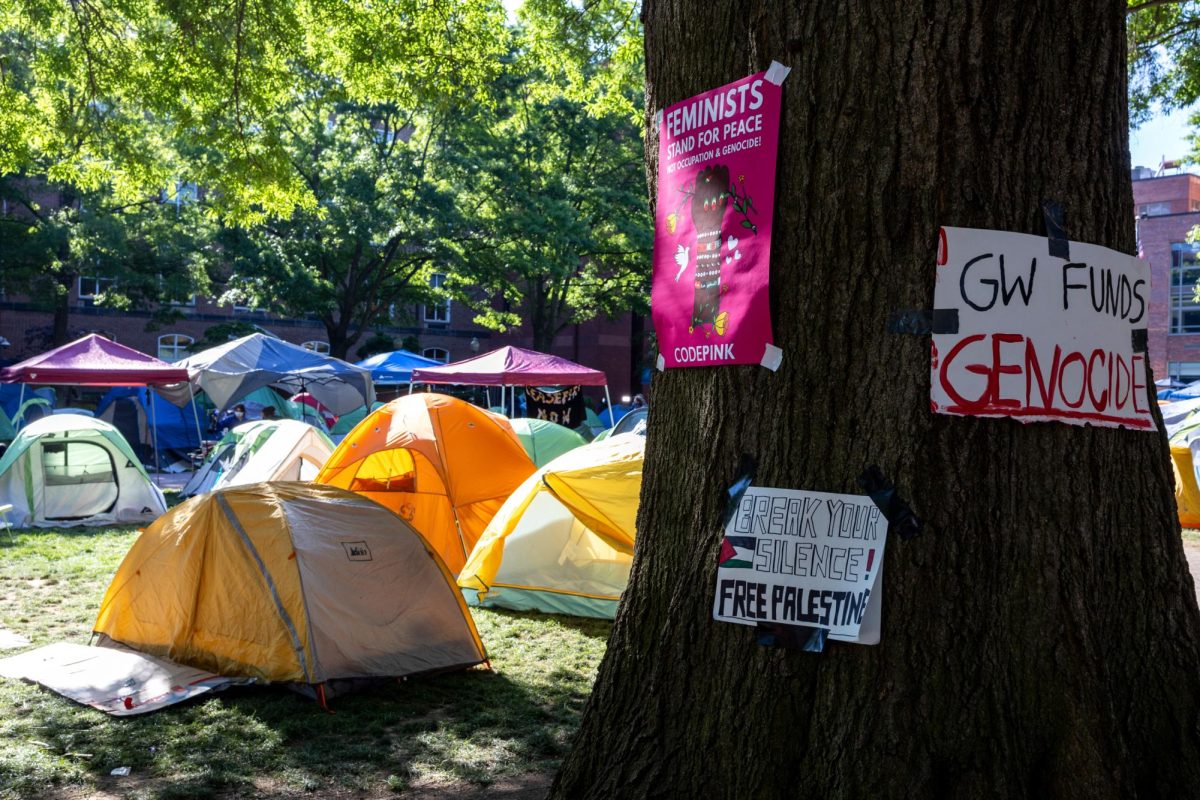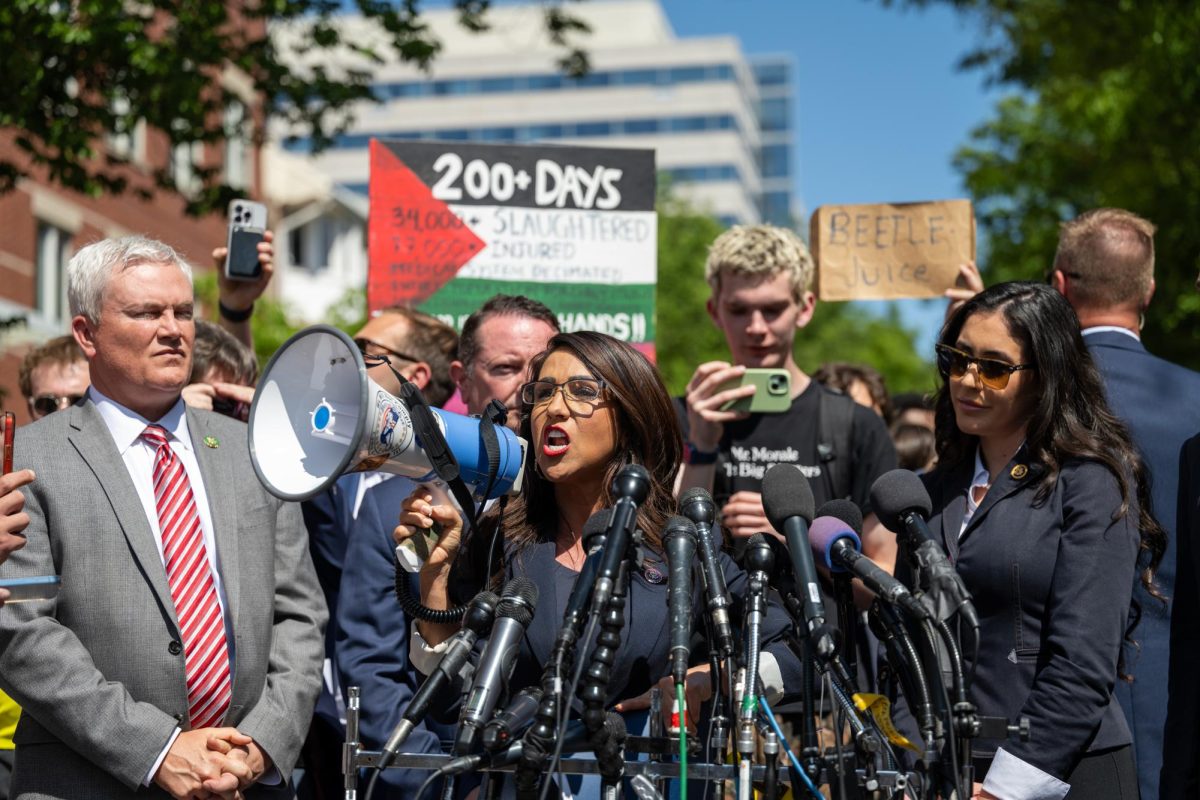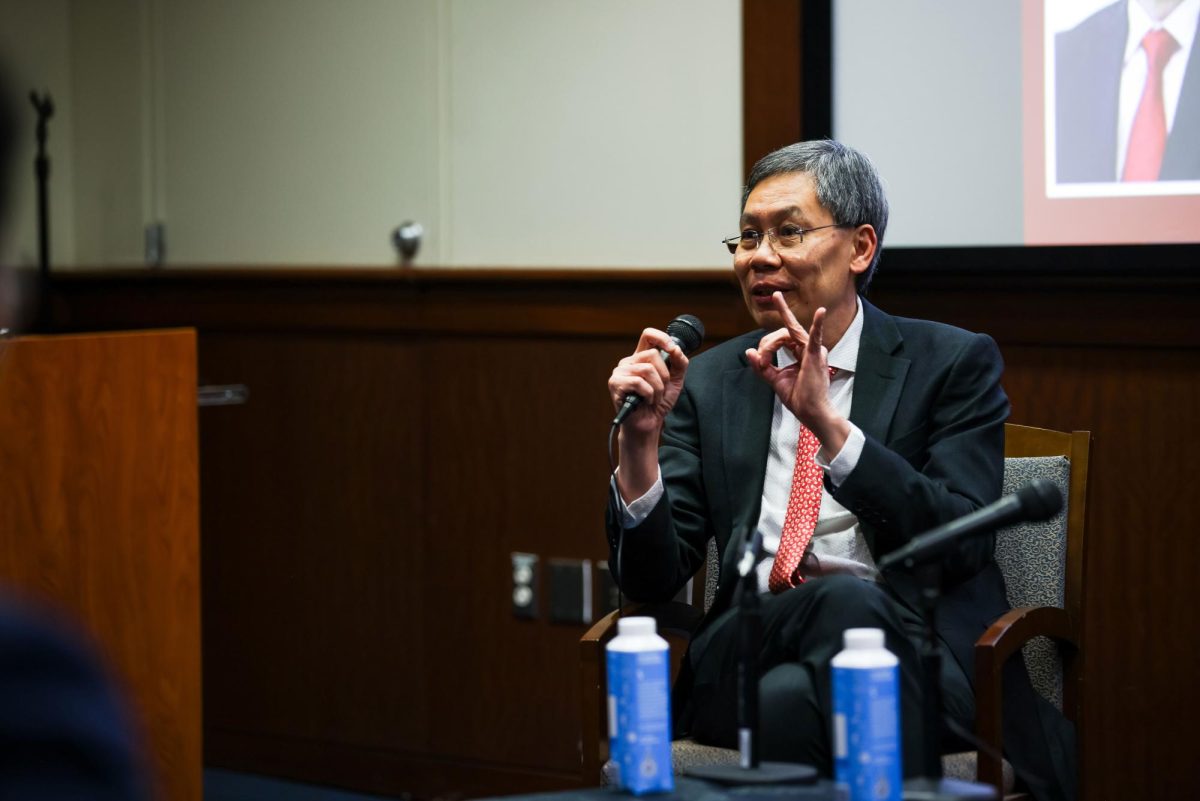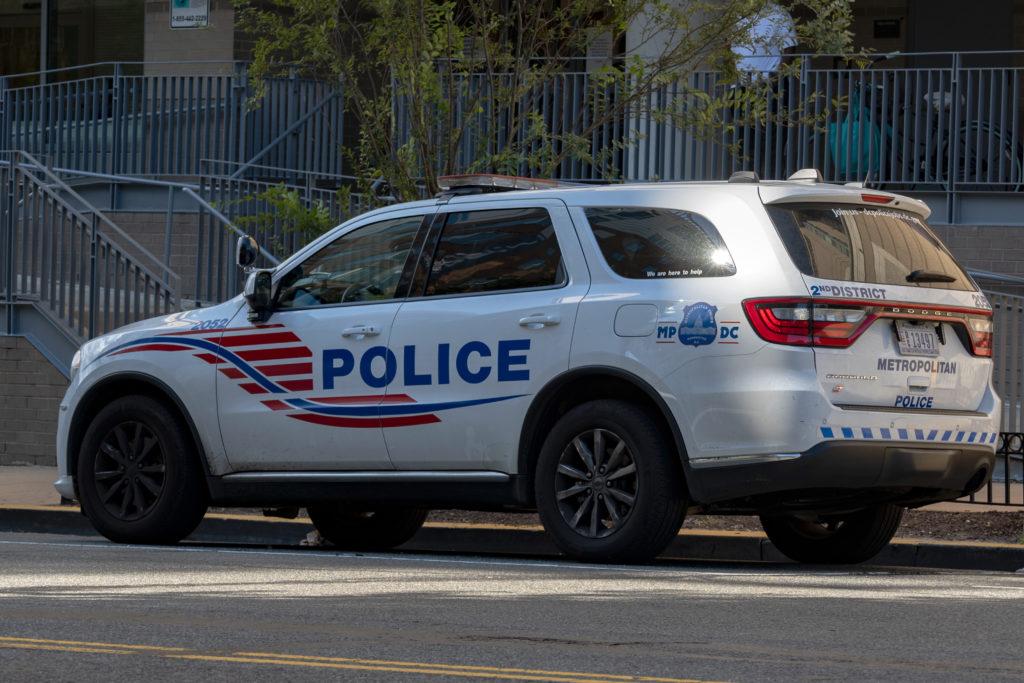Admissions to the University’s graduate and undergraduate programs may soon feel the crunch of a city-imposed population limit, a top administrator said.
The University will need to carefully evaluate new and existing programs as enrollment hovers close to its full-time student cap on the Foggy Bottom campus, Senior Vice Provost for Academic Affairs Forrest Maltzman said, adding that he believes acceptance rates will decrease University-wide next fall to keep enrollment below the limit, which was negotiated with the city and set in the 2007 Campus Plan.
Two caps restrict the Foggy Bottom campus. The headcount cap limits Foggy Bottom to 20,000 students and is measured by subtracting students studying abroad, students enrolled without a defined graduation date, and students living or taking all of their classes at the Mount Vernon campus from the total number of students at the Foggy Bottom and Mount Vernon campuses, according to the spring 2009 Foggy Bottom Campus Plan Interim Compliance Report.
The other limit – the one the University is close to exceeding – is the full-time equivalent cap, which limits Foggy Bottom to 16,553 full-time or full-time equivalent students. This cap limits the number of “full-time equivalent students,” defined as undergraduates taking 12 or more credits and graduate students taking nine or more credits. The University had 16,394 full-time equivalent students last semester.
If Maltzman’s prediction holds true, the University will likely see its acceptance rate drop.
“The main thing we are doing is we’re actually getting more selective, and the University is becoming a better and better university in part because of our need to live within the cap,” he said.
But limiting the number of students enrolled could also harm the University financially as GW is still tutition-based, which means administrators fund projects, debt, expansion and academics through tuition.
Last semester, the University suspended enrollment of non-degree-seeking students to limit heads counted toward the cap.
Despite concerns about nearing the limit, Assistant Provost for Graduate Enrollment Kristin Williams said graduate applications have seen significant growth so far this year.
The University’s graduate programs have received 1,500 more on-campus applications compared to this time last year, Williams said. International applications are up nearly 30 percent and domestic applications saw a 9-percent bump so far this year, she said.
He noted that GW is looking for programs or courses that would benefit from a move off campus, while at the same time, which would also bring enrollment down on Foggy Bottom.
The almost 90 students enrolled in the Museum Studies program moved off campus in January.
Graduate student enrollment at GW has increased each year since 2006. Last year, there were 14,312 graduate students at the University, including both on- and off-campus programs – a 17-percent jump from the 12,229 students in 2006, according to data from the Office of Institutional Research and Planning.
Maltzman said he was recently asked whether the University should continue developing new programs.
“The answer is yes,” he said. “And you should also shut down programs that don’t work. And we need to keep innovating…and support our strong programs,” Maltzman said.
Associate Dean of Admissions and Financial Aid at GW Law School Sophia Sim said the cap has not been a factor when processing applications to the school.
“There have been no discussions here about changing our approach. Our goal has always been to bring in the best class possible,” she said in an e-mail. “Peripherally, I understand that the enrollment cap issue is being managed at the University level.”







